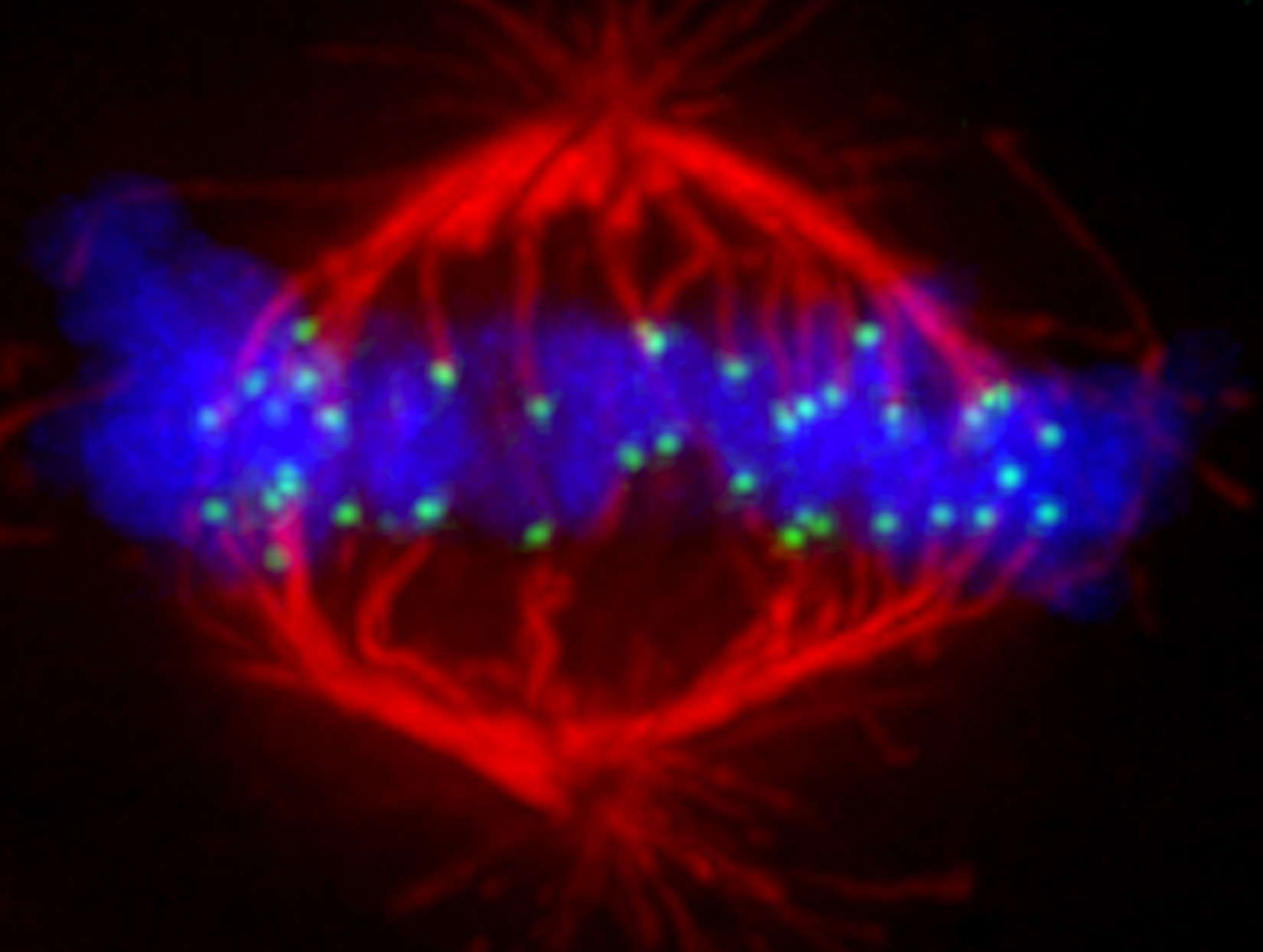Scientists develop method to efficiently construct single-copy human artificial chromosomes (HACs)
This new tool will allow scientists to work in mammalian systems in ways only previously available in bacteria and yeast
HACs have wide potential research applications to synthetic biologists and may eventually aid in delivering DNA in clinical applications
Philadelphia, PA—March 21, 2024—Scientists from the University of Pennsylvania (Penn), J. Craig Venter Institute (JCVI), and the University of Edinburgh have developed a method to efficiently construct single-copy human artificial chromosomes (HACs). The ability to control the construction of HACs gives synthetic biologists a powerful tool for delivering DNA directly to the nucleus of a human cell. In the near term, synthetic biologists, spanning disciplines, will use HACs to advance fundamental research and they may eventually be used in clinical applications. Previous attempts to construct HACs were thwarted by “multimerization,” instability, and other unknown processes that resulted in numerous copies of chromosomal DNA, making it unsuitable for experimentation or other applications.

Senior author and co-principal investigator from Penn, Ben Black, Ph.D. stated, “Essentially everything about us, as humans, is dictated by what is encoded in our chromosomes. This goes from something complex like how our brain develops to something much simpler like how a cell uses sugar as an energy source. Designing and building new chromosomes is an aspiration for synthetic biologists. This effort has pushed forward furthest in microbial systems. Meanwhile, those in plants and animals have been held back largely because of additional layers of complexity in how their natural chromosomes are inherited.”
Chromosomes are how DNA is packaged. In humans, we typically have 23 sets of chromosomes, 46 in total. Chromosomes are made up of long strands of DNA wrapped around protein structures called histones. These proteins stabilize and give structure to the DNA so that it can coil up into tight chromosomal structures when cell division occurs. The ability to introduce an artificial human chromosome enables scientists to add genetic information into the pool of existing DNA in a cell to give the cell additional functionality.
This new technology will allow researchers to learn more about how natural chromosomes work to transmit genetic information. Synthetic biologists will use artificial chromosomes to better understand principles of biological engineering. In the future, designer chromosomes may even be used to deliver large or complex sets of genetic additions to human cells.
“Although bacterial and yeast artificial chromosome technology has existed for decades, the advancements in synthetic biology by the J. Craig Venter Institute have facilitated the construction of sizable synthetic artificial chromosomes. These innovations have also vastly improved the transfer of yeast artificial chromosomes into mammalian cells, allowing them to operate as human artificial chromosomes. The success reported here is a result of the synergy between the pioneering technologies developed by JCVI and the expertise in human chromosome biology contributed by Ben Black’s team at the University of Pennsylvania,” remarked John Glass, Ph.D., senior author and co-principal investigator from the J. Craig Venter Institute.
Prior to JCVI and Penn teams joining forces, an earlier version of the Penn HAC, which was comprised of about 200,000 base pairs of DNA, made many copies of itself after it was installed in human cells. This property limits the ability to control the genes carried on the HAC and has plagued all prior versions of HACs. Independently, JCVI’s Glass and his postdoctoral fellow, David Brown, Ph.D., were developing fully synthetic HACs with Harvard synthetic biologist Pam Silver, Ph.D. Glass and Brown thought HACs should contain at least 1 million base pairs of DNA in order to be monitored in human cells, so they added to their HAC a million base pair synthetic bacterial genome constructed for other purposes at JCVI.
The Harvard-JCVI HAC project ended in 2018 after DARPA decided not to continue its HAC effort and because their HAC proved to be unstable. However, the Harvard-JCVI HAC, which was much larger than the earlier Penn HAC, appeared to be present in only one copy per human cell. Meanwhile, the idea was put forward to bypass the need for the earlier Penn HAC to make many copies of itself upon introduction into human cells by making it much larger at the outset.
These observations and ideas were the catalysts that led Black and Glass to team up. To this partnership, Black brought deep knowledge of human chromosome biology and the methods to build and test the earlier Penn HAC and Glass brought JCVI’s expertise in building large synthetic chromosomes in yeast and methods to transfer those artificial chromosomes into mammalian cells.
Additional study authors include lead author Craig Gambogi, plus Gabriel Birchak, Elie Mer, Kathryn Kixmoeller, Janardan Gavade, Prakriti Kashyap, and Glennis Logsdon from Penn; George Yankson and Patrick Heun from the University of Edinburgh; and David Brown, Josh Espinosa, and Chris Dupont from JCVI.
The work was supported by the National Institutes of Health (GM130302, HG012445, CA261198, and GM007229) and the Office of the Director of National Intelligence (ODNI) Intelligence Advanced Research Projects Activity (IARPA) through the Army Research Office under Cooperative Agreement Number W911NF-17-2-0092.
Complete results from this study, “Efficient Formation of Single-copy Human Artificial Chromosomes,” are found in the journal Science.
About J. Craig Venter Institute
The J. Craig Venter Institute (JCVI) is a not-for-profit research institute in Rockville, Maryland and La Jolla, California dedicated to the advancement of the science of genomics; the understanding of its implications for society; and communication of those results to the scientific community, the public, and policymakers. Founded by J. Craig Venter, Ph.D., JCVI is home to approximately 120 scientists and staff with expertise in human and evolutionary biology, genetics, bioinformatics/informatics, information technology, high-throughput DNA sequencing, genomic and environmental policy research, and public education in science and science policy. JCVI is a 501(c)(3) organization. For additional information, please visit www.jcvi.org.
Media Contact
Matthew LaPointe, [email protected], 301-795-7918